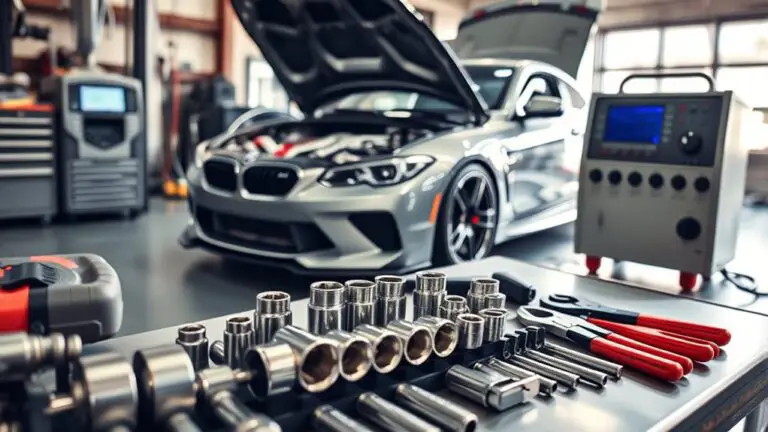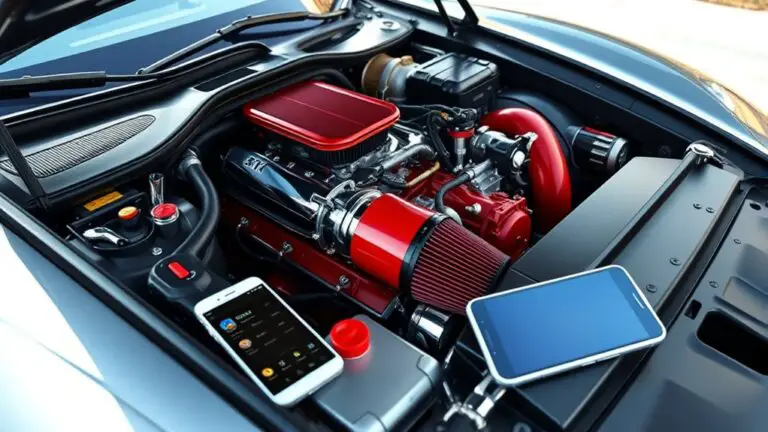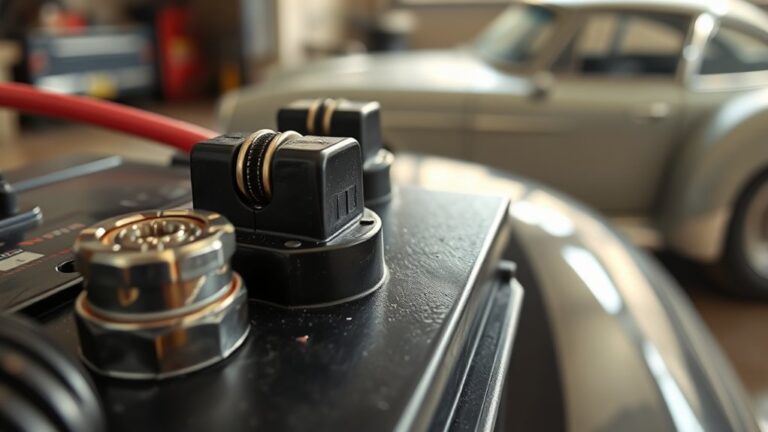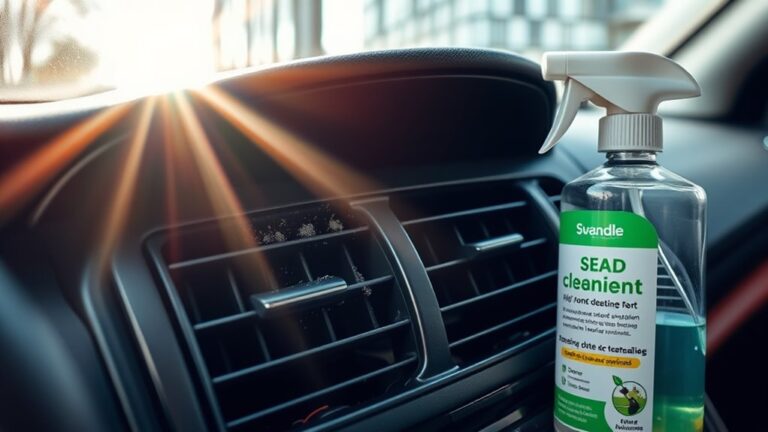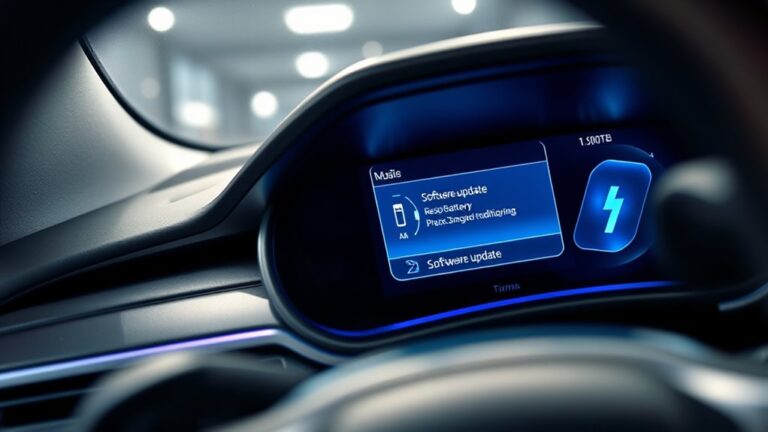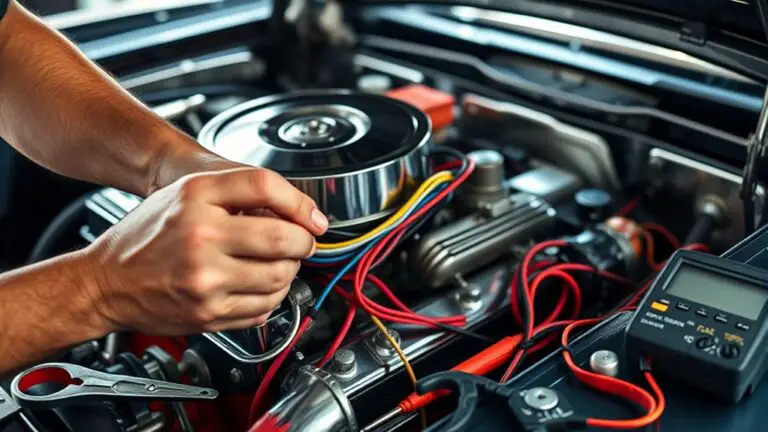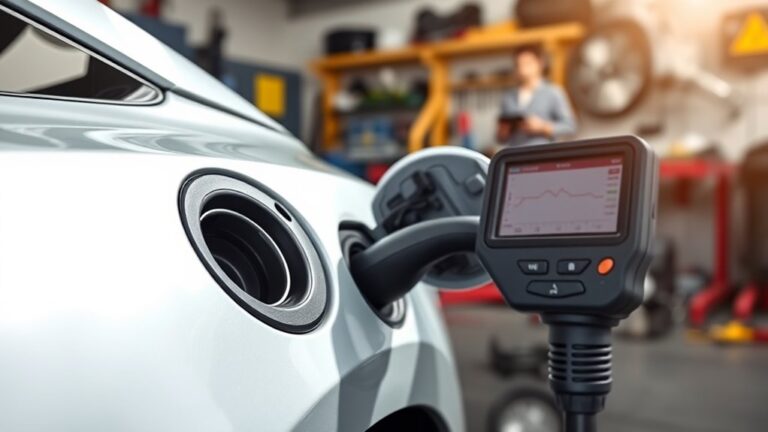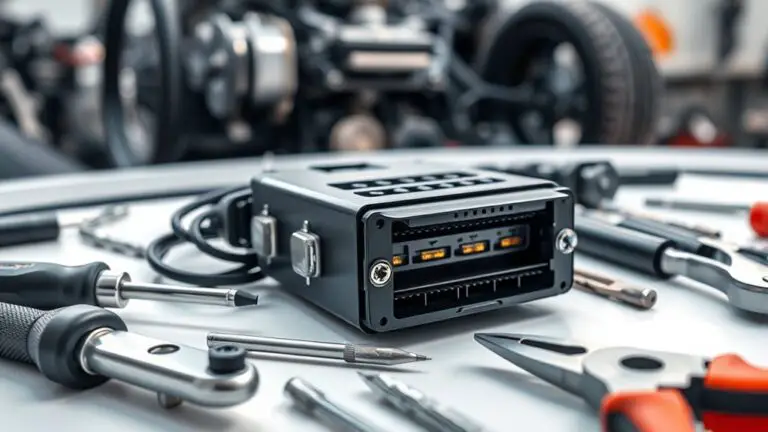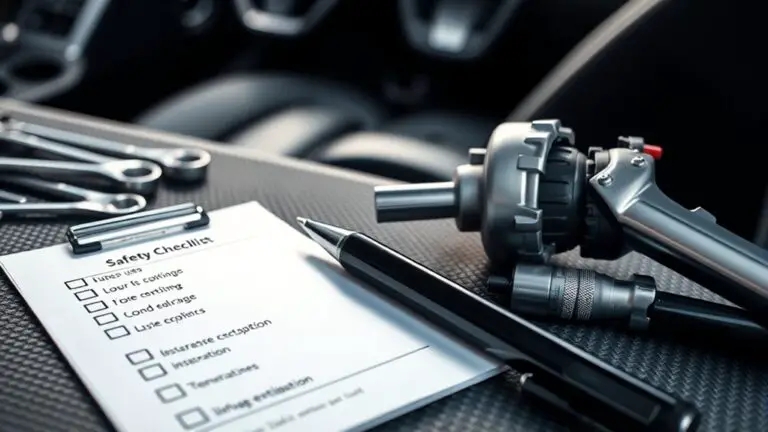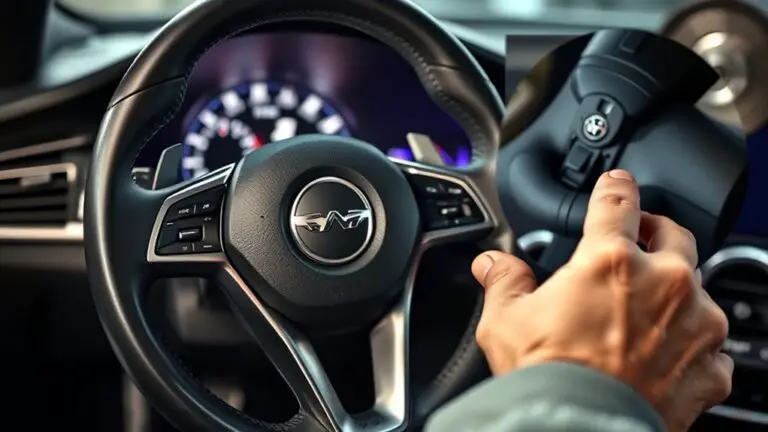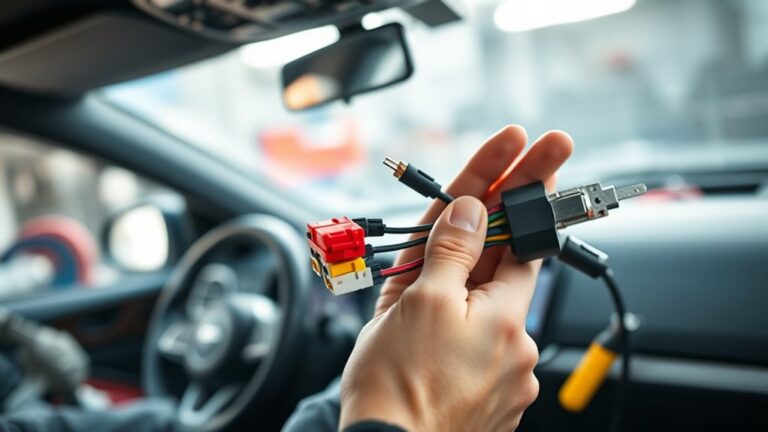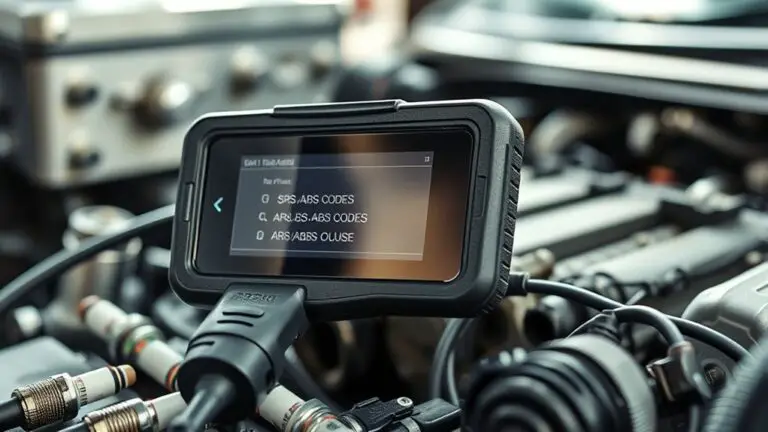Tools and Prep to Prevent Failed Emissions After Performance Mod During Chip Tuning Box Installation
To prevent emissions failures during chip-tuning box installs, verify fuel-system integrity first, checking pressure, injectors, and timing against factory specs. Inspect the evaporative system, purge timing, hoses, and canister for leaks. Test oxygen sensors and wideband calibration, then assess catalytic converter health and mappings. Use calibrated diagnostic tools for live data, establish pre-scan baselines, and…

